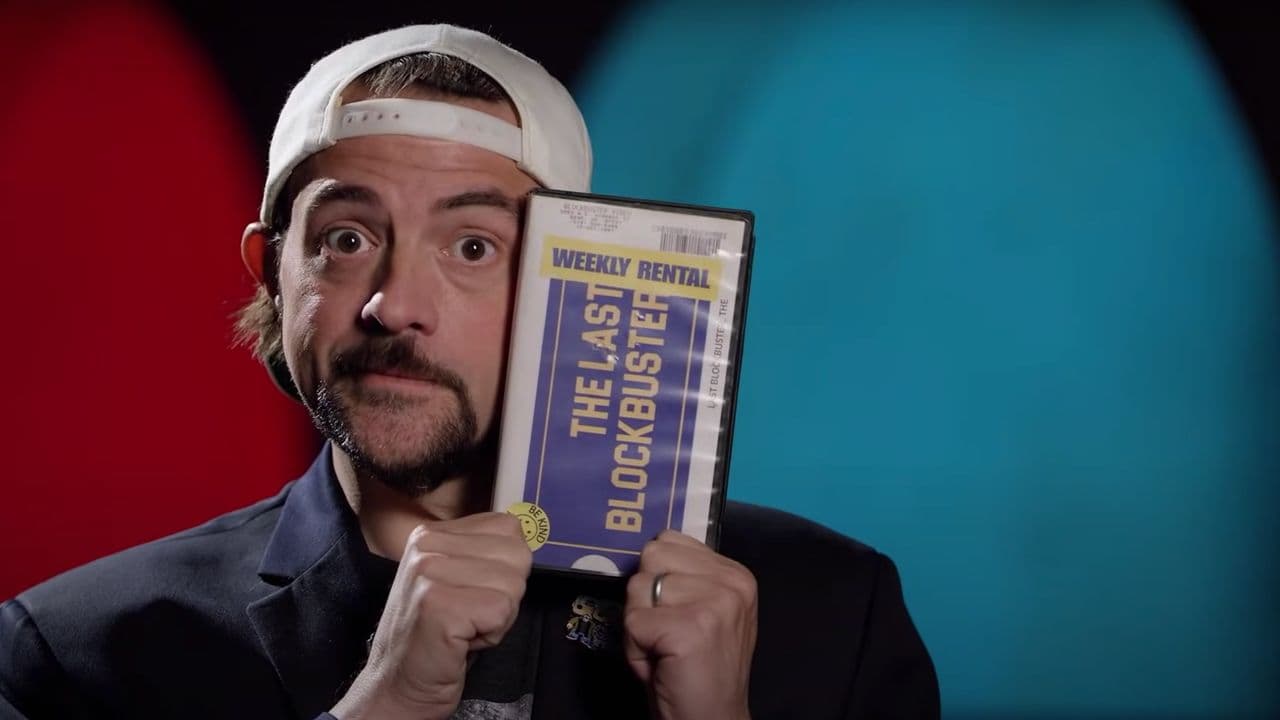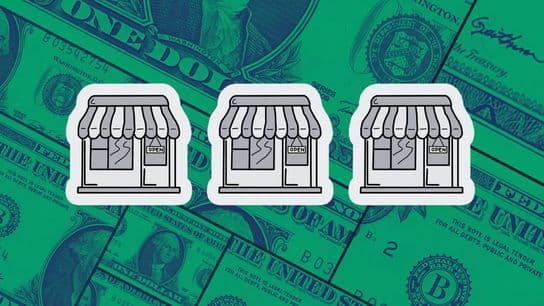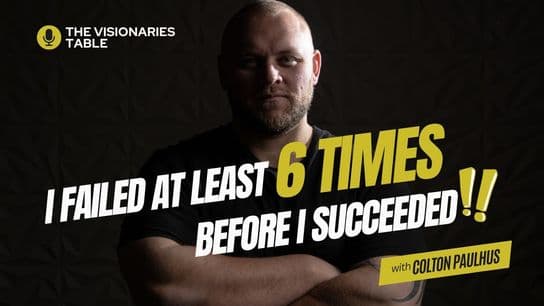The Real Reason Blockbuster Failed. Hint: It’s Not Netflix
The new documentary, The Last Blockbuster, details how the video rental franchise went from 9,000 brick-and-mortar stores to just one.
Blockbuster Video’s precipitous downfall has become the go-to example for what can happen when businesses ignore their competition. In Blockbuster’s case, the competition was a then-little-known video-by-mail startup with a red logo. But, despite the popularity of this narrative, the death of Blockbuster wasn’t totally Netflix’s fault.
The Downfall of Blockbuster
According to The Last Blockbuster — a new documentary streaming on Netflix, appropriately enough — the video rental franchise’s undoing wasn’t so much due to the streaming juggernaut as it was to a combination of unfortunate corporate decisions and the stock market crash of 2008.
“Most people think Blockbuster went out of business because of Netflix, but that’s not the truth,” Tom Casey, the former chief financial officer of Blockbuster Video, said in the documentary. “What really happened was Blockbuster and Netflix were pretty evenly positioned to grow in the mid-2000s and 2007, ‘08, ‘09. They had capital, we did not.”
Blockbuster was bought in 1994 by media giant Viacom for $8.4 billion. Unfortunately, Blockbuster’s massive debt in the early 2000s and poor leadership meant it lacked the infrastructure to successfully move into the streaming-centric future.
“Blockbuster had inherited over a billion dollars of debt, and with the debt markets as they were in 2008-2009, did not have the wherewithal to invest in subscriber growth as Netflix did,” Casey said. “If you stack up the two companies side-by-side at that period of time, Blockbuster had over 7,500 stores around the world, had a by-mail business, had a growing digital business. Netflix had a business by mail and a small digital business which didn’t really offer very much. So just in terms of the business metrics and business composition, they were both very comparable, both trying to grow subscribers — one company with the capital to grow and the other without.”
The Wrong Decisions
Blockbuster is a reminder that the size of an established franchise network doesn’t make it invincible — it is about making the right strategic moves. For example, the video rental franchise’s most notorious failure was passing up on an opportunity to buy Netflix for $50 million in 2000 (the video-streaming service is valued at $194 billion today).
“John [Antioco, former CEO of Blockbuster] had an opportunity to acquire Netflix,” said Alan Payne, a former Blockbuster franchise owner, in the documentary. “His words were, they laughed him [Netflix founder Reed Hastings] out of the room.”
In 2004, Viacom unloaded its controlling stake in the video rental company, unleashing what would prove to be the beginning of the end for Blockbuster. At that time, the documentary notes the franchise was at its peak, with 9,000 brick-and-mortar stores worldwide and one Blockbuster opening every 17 hours. By 2011, when Dish Network bought Blockbuster out of bankruptcy, it had 600 stores. Today, only one store remains — the titular last Blockbuster — in Bend, Oregon.
The Last Franchisee
The documentary paints a fascinating picture of why the one remaining Blockbuster franchise has survived over the years and also offers a prime example of how invaluable a great franchisee can be.
Helmed by passionate franchise owner and Bend resident Sandi Harding — who emerges as the real star of the documentary — the last Blockbuster has thrived in large part thanks to her connection with local supporters, as well as her keen understanding of the novelty and nostalgia of the brand name. In August, Harding even listed the location on AirBnB as a destination for all-night movie marathons in a space decked out like a ‘90s living room.
For entrepreneurs with a dream of tapping into Blockbuster nostalgia, it may be too late to franchise with the actual video store brand, but there is actually another option. Free Blockbuster Detroit, which opened just this week, is part of a chain of Free Blockbusters popping up around the country. Owners offer a collection of videos in used abandoned LA Times newspaper boxes, free of charge. The main rule is if someone finds a movie they would like to take, they have to leave a movie in its place.
Free Blockbuster is actively looking for new franchisees, and even gives a step by step guide on how to start on their website. Sure, it may not be the most lucrative business model, but it suggests the Blockbuster name may continue to live on long after its brick-and-mortar presence finally fizzles out.









